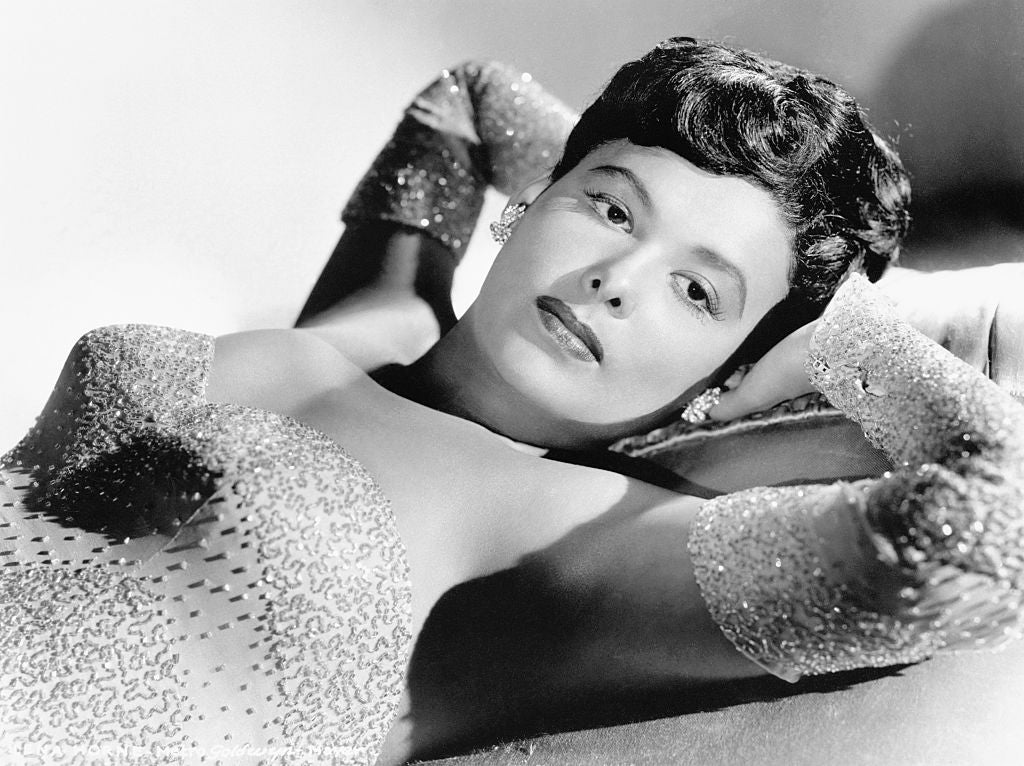A piece of Black history is back on the market in New York.
Lena Horne’s historic Queens residence—the 1926 Tudor home where the legendary performer once cultivated her life away from the spotlight—is now being listed for $1.225 million, and represented by Matthew Wynter of Brown Harris Stevens.
Located at 112-45 178th Street in the Addisleigh Park Historic District of St. Albans, the property represents a pivotal chapter in both Horne’s remarkable career and the history of Black American achievement in New York.
When the legendary singer, actress, and activist purchased the home in 1946, she made history. As one of the first Black women to buy property in Addisleigh Park, she took up space in a neighborhood where restrictive covenants were designed to keep Black families out (much like today). Despite this, what instead would later emerge was a community that would come to be called the “African American Gold Coast,” where cultural titans like Count Basie, Ella Fitzgerald, Jackie Robinson, and James Brown would eventually make their homes.
And this, like so much of Horne’s story, is why the home carries both beauty and defiance.
For nearly 20 years, from 1946 to 1962, Horne lived in this Queens sanctuary during one of the most transformative periods of her life. While her voice electrified concert halls and her presence illuminated film screens, it was her unwavering commitment to justice that defined her legacy. During World War II, Horne refused to perform for segregated USO audiences, turning her back to German prisoners of war to sing directly to Black soldiers. She became a trusted partner of the NAACP, spoke relentlessly against racial inequality, and marched on Washington.
The current owner, prominent attorney Camille Chin-Kee-Fatt, purchased the property nearly two decades ago from the family who acquired it directly from Horne. When Chin-Kee-Fatt first arrived, the home carried the physical traces of Horne’s era. “When I bought the house, it had an old bar in the basement,” Chin-Kee-Fatt told the New York Post. “I had to get rid of it, because it was falling apart, but I always think, ‘My goodness, if this bar could talk.’”
After leaving Queens in the 1980s, Horne relocated to Manhattan, where she remained until her death in 2010 at age 92. The home’s historical significance was officially recognized in 2011 when it received landmark designation as part of the Addisleigh Park Historic District.
Today, as this home changes hands once again, it’s just another reminder of her courage and the indelible mark she’s left on our culture.







